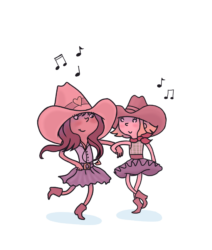
BETHANY CLOSE / DAILY NEXUS
INSPIRED BY LYNNE AVRIL
My fascination with country line dancing began almost two years ago when I decided to watch “Footloose.” Not the original, but a peculiar remake that came out in 2011. While I can’t attest to the cinematic merits of the film altogether, there is one scene that belongs in some prestigious museum.
Midway through the movie, the two main characters join their friends at a line dancing bar and, well, dance. The big musical number is set to “Fake ID” by Big & Rich, and it’s the type of scene that instantly burrows itself into your memory. It’s a fanfare of movement, energy and compellingly sexy partnerships. The effervescence of this scene cannot be understated, and it seems like there’s some sort of magic going on. This isn’t just felt by me as rehearsal footage of this scene (set to Empire of the Sun’s “We Are the People”), has been making the viral rounds. As silly as it was, watching that scene impacted me enough to act.
Shortly after watching the movie, I somehow got my roommates to sign up for an introductory line dancing class with me at the rec center, and from there it slowly became part of my weekly routine. At this point, I have many hours of learning line dances and practicing under my belt. Many blissful (and sweaty) nights have been spent in my second-hand Stetsons (bought from Escobar’s Little Things in Isla Vista), and I always end the night ravenous for more. I’ve roped (pun intended) as many friends as I can into going dancing with me, and I have driven all over Goleta and Santa Barbara to various venues. Whether it’s a community center, club, State Street or anywhere else in the surrounding area, you can usually find me there. It’s become an incredibly positive feedback loop where the more time I spend line dancing, the more dances I know, the more stamina I gain, the more friends I meet and, most importantly, the better I physically feel.
One of the traits that I love the most about dancing is the emotional catharsis that always comes after. I could be stressed, irritated or tired, and dancing will leave me exhilarated and at peace. There is something about the mind-body synergy that is both healing and giving.
Besides what I can personally attest, the science behind dancing is overwhelmingly positive. A 2024 study by the British Medical Journal concluded that dance has extreme benefits for combatting depression and other mental health disorders. Through a rigorous meta-analysis of 218 studies and an aggregate of over 14,000 participants, researchers found that dance not only beat conventional strength training, but also running, walking, tai chi and yoga as somatic therapies.
Perhaps the most interesting of all, dancing was more effective than selective serotonin reuptake inhibitors (SSRIs), the common umbrella of medications prescribed for mental health conditions. The conclusion of this study states that dancing can be an advantageous tool in the toolbox for combatting mood disorders, perhaps while being coupled with SSRIs or psychotherapy. Additional studies further suggest dancing’s benefit as a rehabilitation activity for increasing quality of life, range of motion, body image, balance and coordination. In all, dancing is physically very good for you, and science has helped open the conversation that it can serve as a legitimate form of therapy.
If I still haven’t convinced you to bust a move at your next event, you wouldn’t be the only one. In fact, I would say the real epidemic we’re in is the lack of dancing at parties and in the club. Senior Vox correspondent Alex Abad-Santos writes about the decrease of dancing at clubs, describing the “puzzling act of not dancing at a place designated for dancing.” For the Guardian, popular culture columnist John Harris mourns the slow decline of clubs, club cultures and dance-oriented arenas in the larger wake of third-space losses in today’s world. The sociopolitical context and barriers to these spaces cannot be forgotten, and with rising prices for necessities and embroiled political upheaval, it is of no blame to anyone alone that dancing itself is less accessible or sought.
However, there’s an even more pernicious culprit to all of this: surveillance culture. In his 2018 novel “The Culture of Surveillance,” author David Lyon theorizes how the act of surveillance has been adopted as a modern way of life, facilitated by modern technologies and their political incentives to be used. In this way, we are not only capable of being seen in ever-expanding ways, but we have become expected to do so. My critical cultural eye argues that the aesthetics of surveillance can be attractive and even fun, such as the quest for a well curated photo dump. However, this innocuous activity of photographing and accumulating daily life into a pleasing, semantic package can reorient your engagement with the world — in a way that is not divorced from larger implications of priority and power.
On the other hand, surveillance culture incentivizes the worst of us: the punitive-oriented, scandal-loving hive mind driven forward by our digital lives on social media. Some part of our collective cultural brain loves to surveil for the sicker pleasures of judging and scorning. Hate trains and lack of compassion aside, we probably know a bit too much about each other now, and what cultural good comes from focusing on this?
In the worst of cases, surveillance culture has given us the widespread condition of fear. Fear of saying the wrong things, fear of making mistakes, of being caught and being shunned for doing so. The biggest obstacle these days to enjoying anything is harnessing the ability to let go of the compulsion to self-surveil and to surveil others. To bring dancing back to the forefront, I think it is a too-common fear to be filmed when dancing for the purpose of mockery or humor.
In 2015, Liverpool resident Sean O’Brien was photographed dancing and quickly became the victim of a viral cyberbullying campaign. O’Brien was ridiculed for his body and for his dancing, which was judged as a poor attempt. Yet, thankfully for my faith in humanity, there was a subsequent countermovement on social media under the tag #IAmDancingMan, where people banded together to throw a dance party with O’Brien. I think about this a lot, especially because it still makes the digital rounds. The now-quotidian act of surveillance and judgment has made us too afraid to even try things anymore. And to an extent, who can blame us? Especially when judgment can easily make way to the exercise of genuine bigotry and prejudice. It is much harder to convince the shift of cultural ideas, especially when they are hugely incentivized to stay the same by the societal structures that be. However, when we look at the aspects of human life that are at stake, those seem much more urgent to work to protect.
I find this so electric. To dance with others, in any way that you can or please, is to exercise democracy and collectively create an environment with equality and enjoyment at its core.
Dancing can’t save everything, but it can offer us movement and the satisfaction of good company. Cultural writer Emma Warren describes dancing as a unique and profound means of communication. Not only does it invite us to emulate music into the body in a way that feels natural and pleasurable, but there is a genuine sense of democracy in dancing. Warren argues that “[the] day-to-day art of moving to music is not about quantifiable excellence; it’s about coming as you are and contributing to the dancefloor.” I find this so electric. To dance with others, in any way that you can or please, is to exercise democracy and collectively create an environment with equality and enjoyment at its core. This is particularly profound when being who you are is harder than ever, especially in the places that are becoming more foreign, weirder or more hostile to us.
With all this in mind, I still believe that the fear of cringe is going to cost us some of the best cultural experiences available if we aren’t paying attention. In an interview with author and New York University instructor Ocean Vuong, Vuong observes the youngins’ fears of being cringe in the gauntlet of the collective surveil. Our generation has been birthed and molded by the internet in “[shaping] a fear of being seen as ‘less than.’” In this case, we “‘perform cynicism because cynicism can be misread, as it often is, as intelligence.’” Vuong voices one of my biggest critiques of people my age, which is that we would rather be holier-than-thou not just to the extent of disqualifying authenticity and sincerity in the self, but to even bar ourselves from undergoing that self-investigation altogether.
I often ponder what it takes to facilitate genuine cultural change. On my most pessimistic days, I think that it’s a fruitless task because there is so much that is out of my personal control. However, knowing what we have to lose makes me want to try anyway.
All things considered, it brings me great joy to know that there have been, currently are and always will be dissenters moving against the grain toward stronger community and cultural betterment. Since its conception in the 70s, ballroom culture has always run on a sensibility of creativity, kitsch, glamour and camp. At the end of Vuong’s interview, he discussed his classroom priorities that establish the value of non-judgment to combat the fears of condemnation or ridicule (which, we all know, are too easy). Further, the release announcement of Tyler, the Creator’s new album, “Don’t Tap the Glass,” urges for the record to be enjoyed with “any type of movement.” In fact, he describes the democratic fruits and genuine freeing feeling of dance culture that occurred at one of his listening parties where the “human spirit” was no longer inhibited by “the fear of being a meme.”
Cultural cultivators of art and gathering are essential to us getting together, being together, and shaping a possible world that allows and celebrates you as you are. In any way, shape or form that may be the best for you, I implore you to spend it dancing. It does not matter if we are cringe. If we dance, we can taste a small slice of freedom.
Katelyn Mihalko is now looking into salsa and bachata classes.
A version of this article appeared on pg.14 of the August 28th, 2025 print edition of the Daily Nexus.




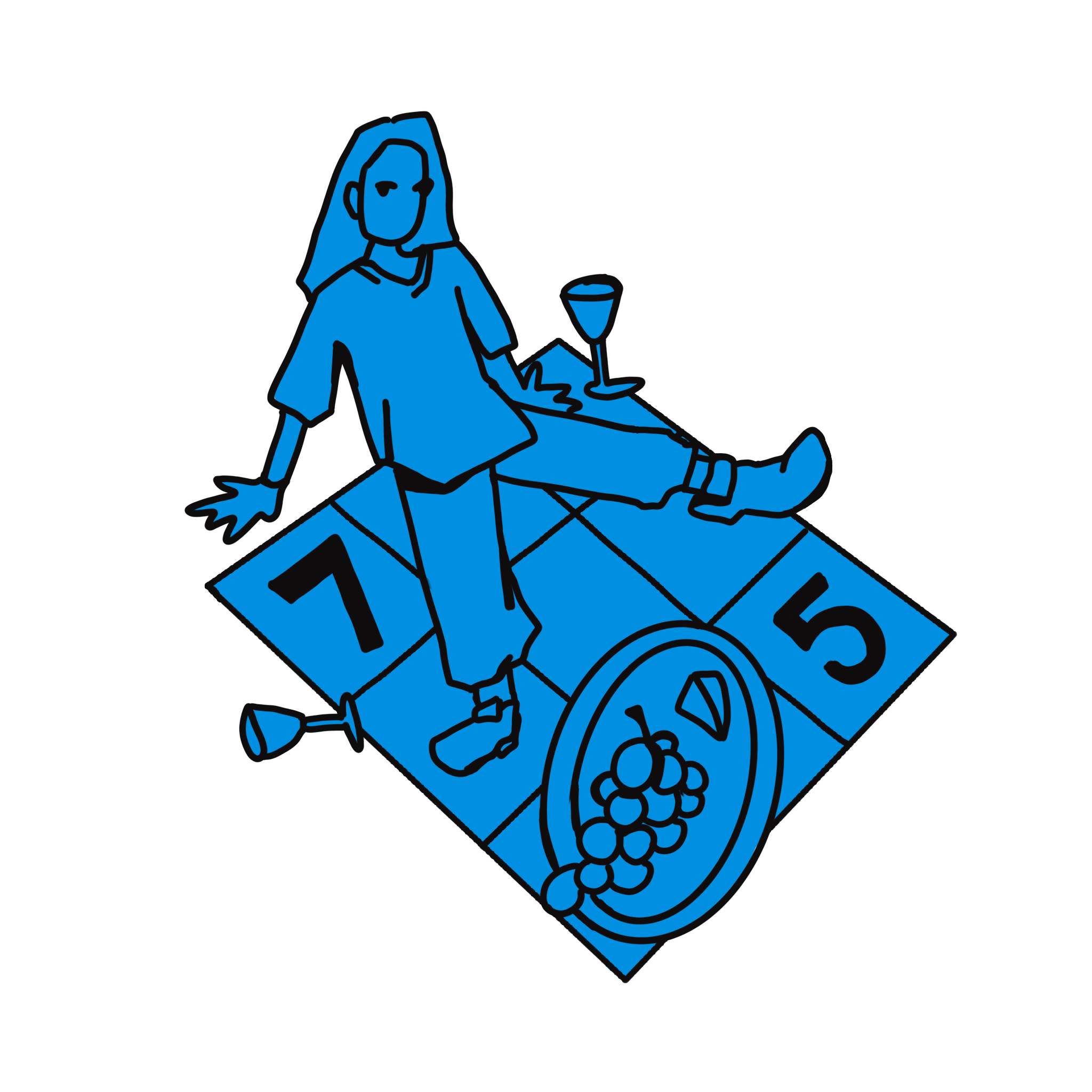
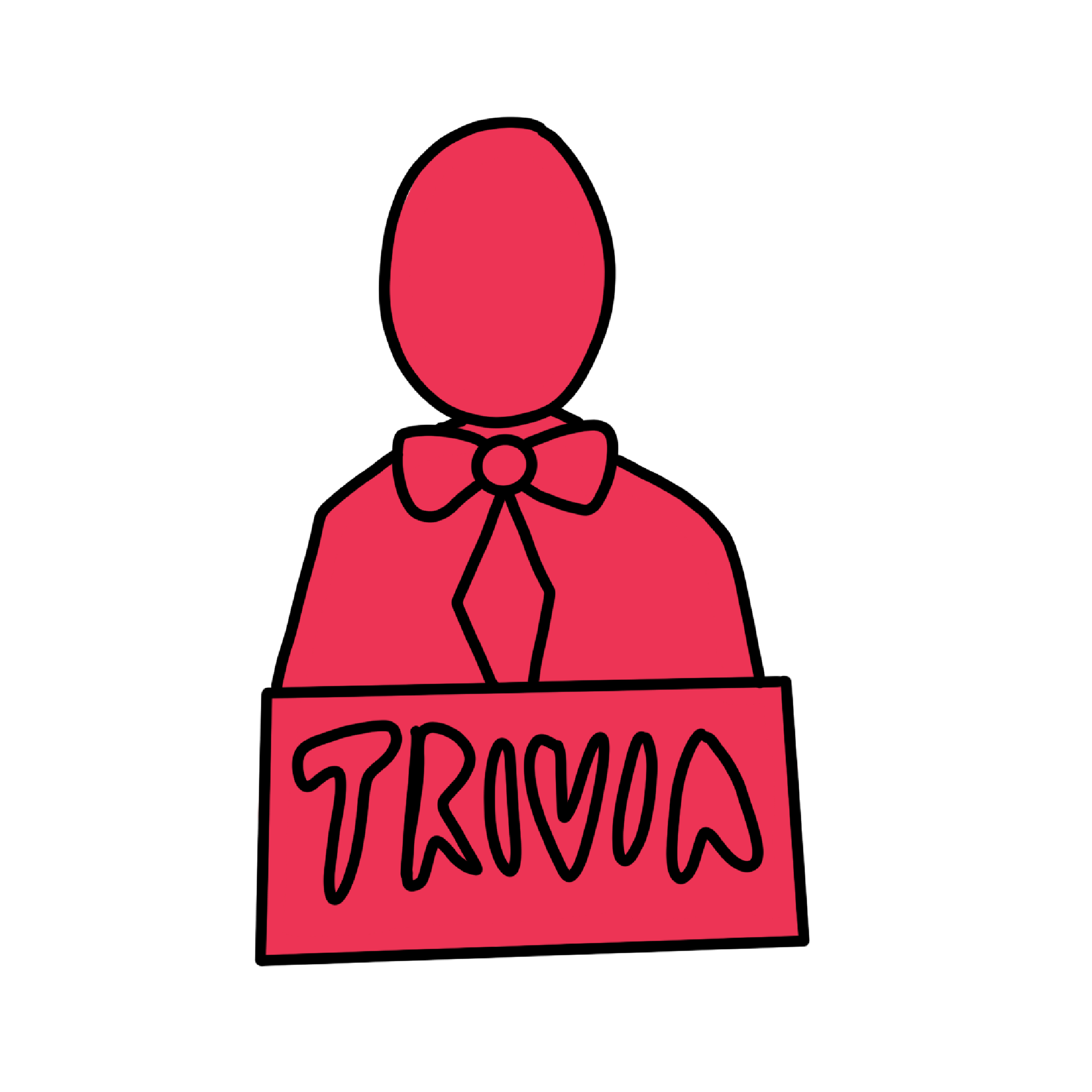
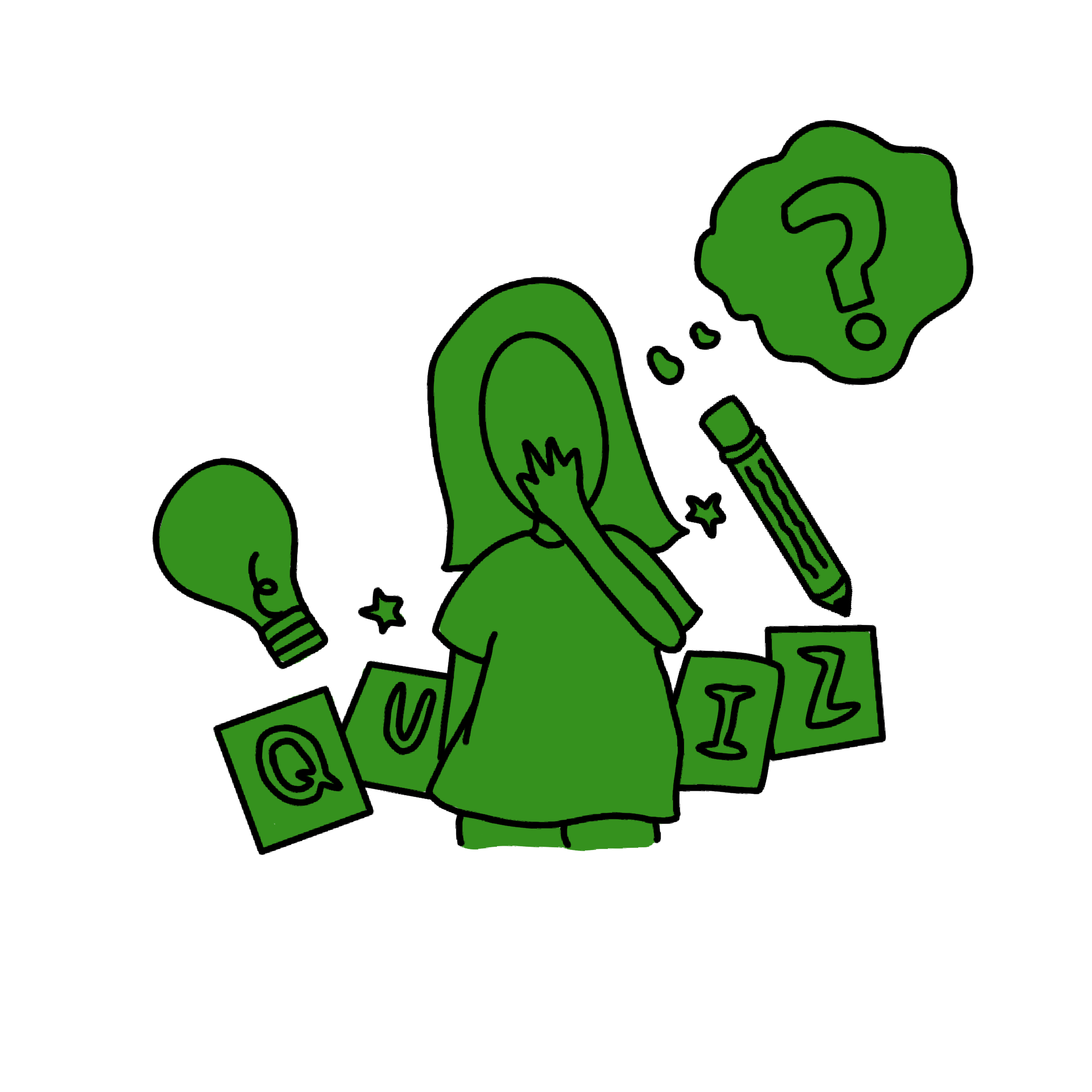
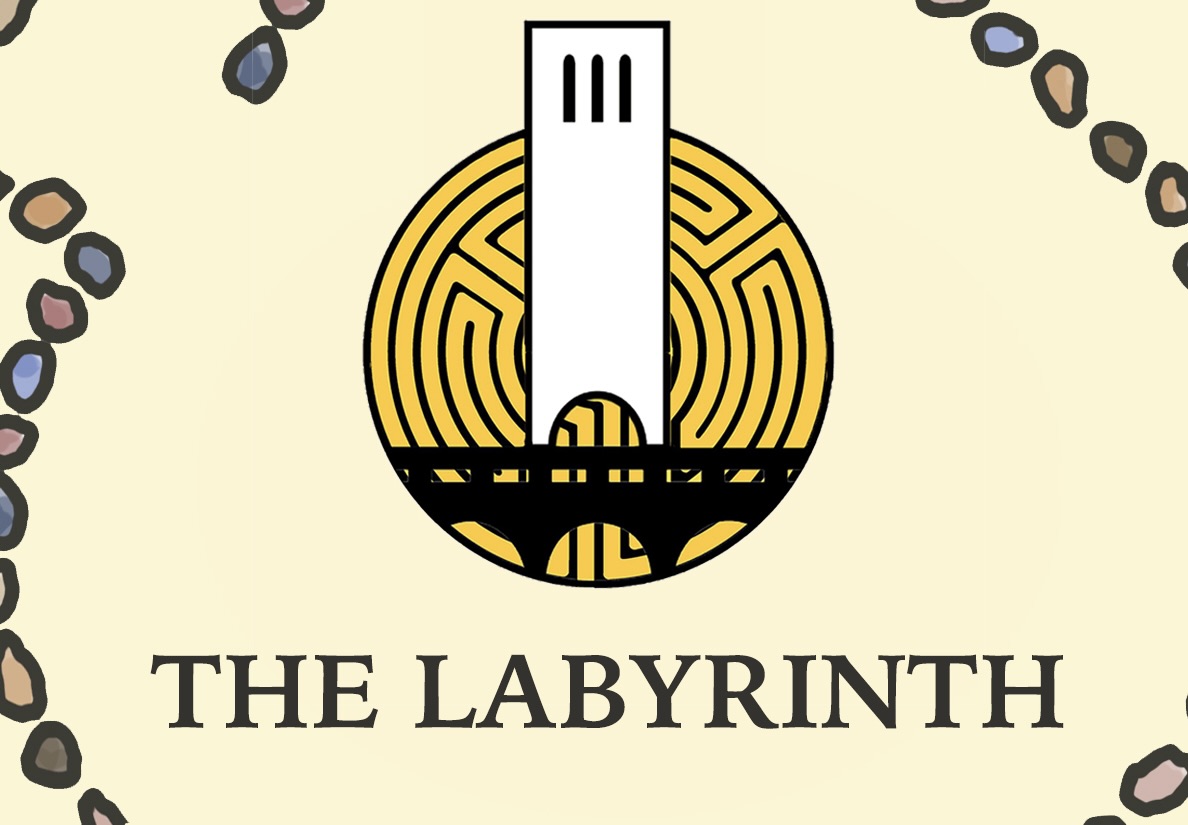













I have not and will not engage in any right wing form of entertainment. Line dancing is popular in FoxNews-watching communities like Texas and Nebraska and is reserved for rednecks and facist idoits who voted for Trump.
Movement really does change how you experience life. Whether it’s dancing, training, or just getting your body moving, there’s something freeing about not overthinking it and just showing up. I noticed that when I started adding more movement into my routine, my mood and energy shifted too. Around that time, I was using programs from https://madmuscles.com/ , mostly because they didn’t feel rigid or boring. It wasn’t about perfect form or chasing numbers, just staying active in a way that felt natural. That mindset made movement feel closer to dancing through life than grinding through workouts, which honestly kept me consistent without… Read more »